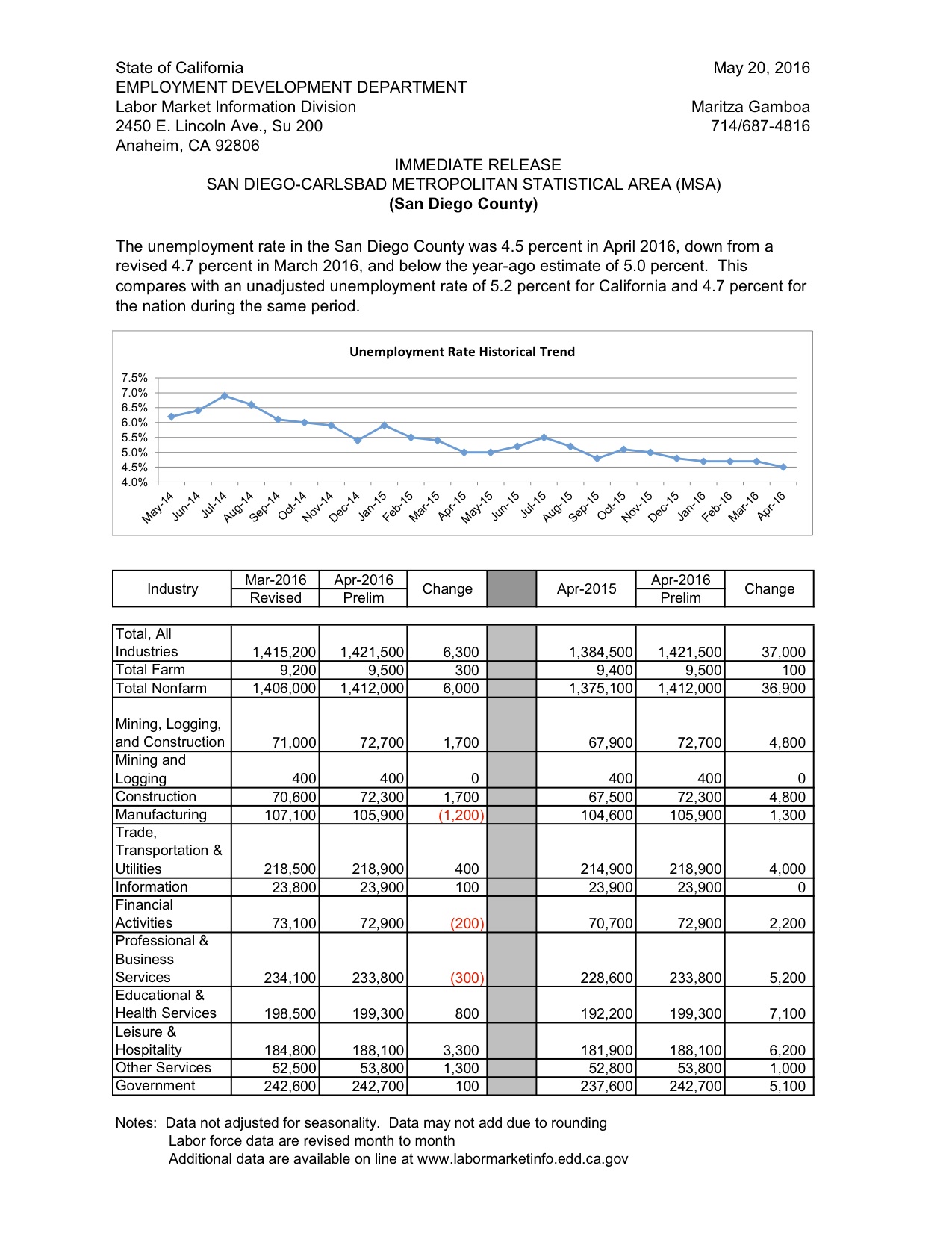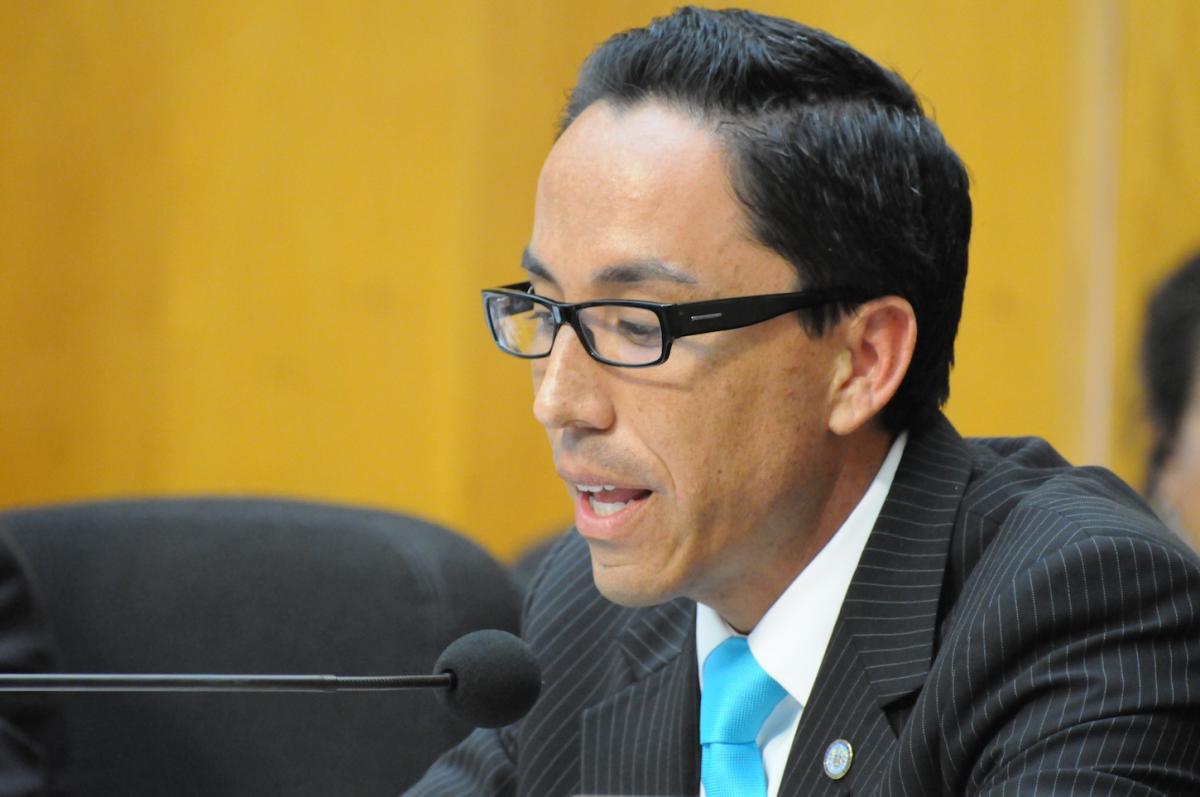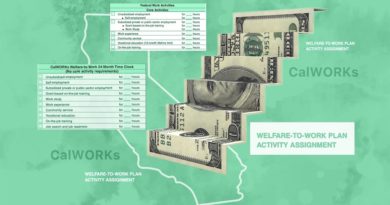Daily Business Report-May 23, 2016
Cubic’s Ventra system. (Youtube)
Cubic and Transit Partners Achieve
Milestone of 1 Billion Transactions
Cubic Transportation Systems, a business unit of Cubic Corp. in San Diego, announced that Ventra, the account-based open payment system launches in 2013 for the Chicago Transit Authority — the second largest transit agency in the U.S. — and suburban bus operator Pace, has processed more than 1 billion account-based journeys.
The Chicago Transit Authority, with daily ridership of 1.6 million journeys, is the first major transit system in North America to implement account-based open payment and is Cubic’s first large-scale deployment of its NextAccount technology. Ventra supports both account-based processing through an agency-issued smart card, as well as open payment which enables customers to “pay as you go” with bank cards they already have or through mobile payment platforms including Apple Pay, Android Pay or Samsung Pay.
Ventra moves passenger data and stored value from the card to the back office, along with fare policy, products and pricing. This process not only makes it easier for agencies to manage changes, but also creates greater security and convenience for customers. Ventra also gives customers the ability to fund and manage their account online through the transit agency’s website, where they can take advantage of discounted fare products such as seniors, disabled, military or students.
_______________________________________________
San Diego Ranked 3rd
Nationally in Clean Tech
Times of San Diego
Clean Edge, San Francisco-based research firm, ranked San Diego third nationally in its seventh annual U.S. Clean Tech Leadership Index.
The index tracks and ranks the clean energy and clean technology activities of the 50 largest metro areas in the U.S. — from electric vehicle and renewables adoption to policy and investment activity.
San Diego moved up one rung from 2015, but San Francisco and San Jose remained in first and second place. Portland was fourth and Washington, D.C., fifth.
“The San Diego metro area continues to show strong leadership in deployment of advanced vehicles and their charging/fueling infrastructure, clean electricity and carbon management, and cleantech investment,” said Clint Wilder, senior editor at Clean Edge. “But San Diego’s crown jewel may be its passage of a new Climate Action Plan in December 2015.”
Jason Anderson, president and CEO of the nonprofit trade group Cleantech San Diego, said he was “extremely proud of San Diego’s ranking as number three in the nation for cleantech leadership.”
“Our rising rank is proof that the region’s cleantech sector is stronger than ever thanks to public and private partners who keep us on the cutting edge of smart cities technologies and create exciting opportunities to deploy energy innovations that benefit the economy and the environment.”
SDSU Professor Appointed to
California Commission on Aging
Joaquin Anguera, professor of gerontology at San Diego State University’s School of Social Work, has been appointed to the California Commission on Aging by Gov. Jerry Brown.
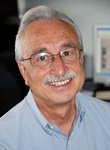
“I’m pleased and honored by the appointment, even though I know it will involve additional work,” said Anguera, who has been a research professor at SDSU since 1999.
That extra workload, he acknowledged, could be imperative as the number of elderly people in the state is getting larger every year. First it was the wave of aging Baby Boomers (born 1946-1964), and now it’s the graying Generation-Xers (born 1965-1980). According to the most recent U.S. Census data, more than 27 percent of Californians are now 50 years of age or older. That number is expected to grow to 35 percent by 2020 and more than double in 2060.
For Anguera, there are many critical issues impacting older people that he says policymakers need to tackle today, including housing, transportation, in-home services, caregiving, legal matters and elder abuse.
His volunteer work on the Commission on Aging will focus on analyzing and offering support to new state regulations and legislation that will help address many of these aging-related concerns.
One of Anguera’s primary interests is working to change the negative perception of aging as “decline, deterioration and dependence,” to a more positive outlook of “connectedness, commitment and contributions to our communities.”
He wants to challenge stereotypes about aging, in part, by raising awareness about how the talents, energies and life skills of older persons can better contribute to society.
“It’s unfortunate that we let go to waste the vast reservoir of wisdom and experience of our elders,” he said.
In his SDSU coursework, he emphasizes the importance of direct contact with older persons and their families to better understand and tap into these resources.
Anguera, 72, has been interested and involved in the field of aging for more than 40 years. He was a practitioner, direct services provider and administrator at the San Diego County Health and Human Services Agency’s Aging and Independent Services from 1974 to 2005.
Now as a gerontology professor, he studies and lecturers on the research and theoretical foundations of aging in contemporary society. He also is a member of Elder Law and Advocacy, Independent Transportation Network and Consumer Advocates for Residential Care for Elderly Reform.
Northrop Grumman V.P. Honored
As National Latina of the Year
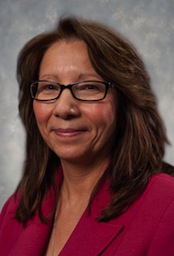
Northrop Grumman Corp. Vice President Jeannie Hilger has been named a 2016 National Latina of the Year by the Mexican American Opportunity Foundation, one of the nation’s largest Latino human service organizations.
Hilger received the honor in recognition of her professional achievements and community service at the 37th annual National Latina Women’s Conference, held May 13 in Montebello, Calif.
Hilger is vice president of Northrop Grumman’s communications business within the airborne C4ISR systems division. Hilger’s business develops and deploys advanced military communications and support systems including fifth-generation aircraft avionics, airborne gateways and networks, distributed mission live-virtual-constructive training and military satellite communications systems.
“During her 30-year career with Northrop Grumman, Jeannie has demonstrated exceptional leadership and innovative resourcefulness in solving our customers’ problems. In particular, she is dedicated to developing systems and technologies that protect our warfighters,” said Mike Hinkey, vice president and general manager, airborne C4ISR systems division, who introduced Hilger. “Jeannie has also dedicated her life to mentoring young people in their careers. Her desire to encourage Latinos in STEM – science, technology, engineering and math — reaches deep into the roots of the community.”
Hilger serves as executive sponsor for Adelante, a Northrop Grumman employee resource group that has helped enlighten more than 2,000 students, from elementary school to college about the benefits of receiving a STEM degree. She established the Adelante Engineering Academy at Northrop Grumman’s San Diego site to build a stronger STEM pipeline for Latinas and give students the opportunity to participate in hands-on activities designed to inspire them to pursue a career in STEM.
Hilger earned a bachelor’s degree in business management with a leadership specialization from Capella University. She also served for nine years as a Northrop Grumman Technical Fellow, a select group of individuals who represent the highest caliber of Northrop Grumman’s scientific, technical and systems engineering talent.

UC San Diego Professor Wins
California Air Resources Board Award
Kimberly Prather, chemistry professor at the University of California San Diego, received the Haagen-Smit Clean Air Award from the California Air Resources Board. The awards recognize individuals for career accomplishments in improving air quality in a number of categories.
Board officials said they bestowed the award upon Prather in its Atmospheric Chemistry Research category to acknowledge her “pioneering work that has transformed our understanding of atmospheric aerosols and their impacts on atmospheric chemistry, climate, and the hydrologic cycle.”
“I’m honored to receive this award,” said Prather. “The funding for our first field studies came from ARB back in the 1990s to build transportable versions of our single particle instruments. These instruments have been used in locations all over California and now are being used by other scientists worldwide. Our goal has been to better understand the sources of air pollution and their impacts on human health, climate, and our water supply.”
Prather holds a joint appointment at Scripps Institution of Oceanography and the Department of Chemistry and Biochemistry at UC San Diego. She joined the university in 2001.

Future USS Zumwalt
To Call San Diego Home
The future next-generation guided-missile destroyer USS Zumwalt is scheduled to be homeported at Naval Base San Diego following its commissioning in fall 2016, the Navy announced. Zumwalt is scheduled to arrive in San Diego in late 2016.
Construction of Zumwalt started in February 2009 and the ship was launched Oct. 29, 2013. Currently, the ship is conducting hull, mechanical, and electrical tests and trials with a subsequent period to follow for combat and mission system equipment installation, activation, and testing.
The ship is commanded by Capt. James A. Kirk.
The Zumwalt is the lead ship of a class of next-generation multimission surface destroyers tailored for land attack and littoral dominance with capabilities to defeat current and projected threats. Zumwalt will triple naval surface fire coverage, add an improved sonar system to track deep and shallow water threats, as well as pace current anti-ship cruise missile threats.
“Zumwalt’s crew has diligently trained for months in preparation of this day and they are ready and excited to take charge of this ship on behalf of the U.S. Navy,” said Kirk. “These are 143 of our nation’s finest men and women who continue to honor Adm. Zumwalt’s namesake with their dedication to bringing this ship to life.”
San Diego County Jobless
Rate Drops to 4.5 Percent
Nonfarm jobs up 6,000 over the month; 36,900 over the year
The unemployment rate in the San Diego County was 4.5 percent in April 2016, down from a revised 4.7 percent in March 2016, and below the year-ago estimate of 5.0 percent, the state Employment Development Department reported on Friday.
This compares with an unadjusted unemployment rate of 5.2 percent for California and 4.7 percent for the nation during the same period.
Between March April:
Total nonfarm employment increased from 1,406,000 to 1,412,000, a gain of 6,000 jobs. Agricultural employment increased by 300 jobs over the month.
• Leisure and hospitality posted the largest gain with the addition of 3,300 jobs as firms continued ramping up for the summer tourist season. Accommodation and food services accounted for 73 percent of the increase, led by advances in food services and drinking places (up 1,900 jobs).
• Construction added 1,700 jobs, largely due to the typical seasonal trend as warmer weather set in. Specialty trade contractors accounted for 65 percent of the growth with the addition of 1,100 jobs.
• Other services expanded by 1,300 jobs overall with gains distributed throughout the sectors. Other industries with payroll employment growth included education and health services (up 800 jobs), trade, transportation and utilities (up 400 jobs), information (up 100 jobs) and government (up 100 jobs).
• Manufacturing noted the largest employment decline with an overall cutback of 1,200 jobs. Employment losses were divided equally between the durable and nondurable goods sectors
Between April 2015 and April 2016:
Total nonfarm employment increased by 36,900 jobs, or 2.7 percent. Agricultural employment added 100 jobs, or 1.1 percent.
• Education and health services recorded the largest year-over growth with the addition of 7,100 jobs, led by advances in health care and social assistance which accounted for 96 percent of the increase.
• Other industries with year-over growth included leisure and hospitality (up 6,200 jobs), professional and business services (up 5,200 jobs), government (up 5,100 jobs), construction (up 4,800 jobs), trade, transportation and utilities (up 4,000 jobs), financial activities (up 2,200 jobs), manufacturing (up 1,300 jobs) and other services (up 1,000 jobs). Information and mining and logging reported no change over the year.
“To have a more accurate employment picture, we can’t just look at month-to-month changes, we need to look at year-over changes,” said Tina Ngo, director of business programs and research for the San Diego Workforce Partnership. “So while (Friday’s) report shows a decline in manufacturing jobs, it is important to note that all industries including manufacturing report a year-over gain.”
